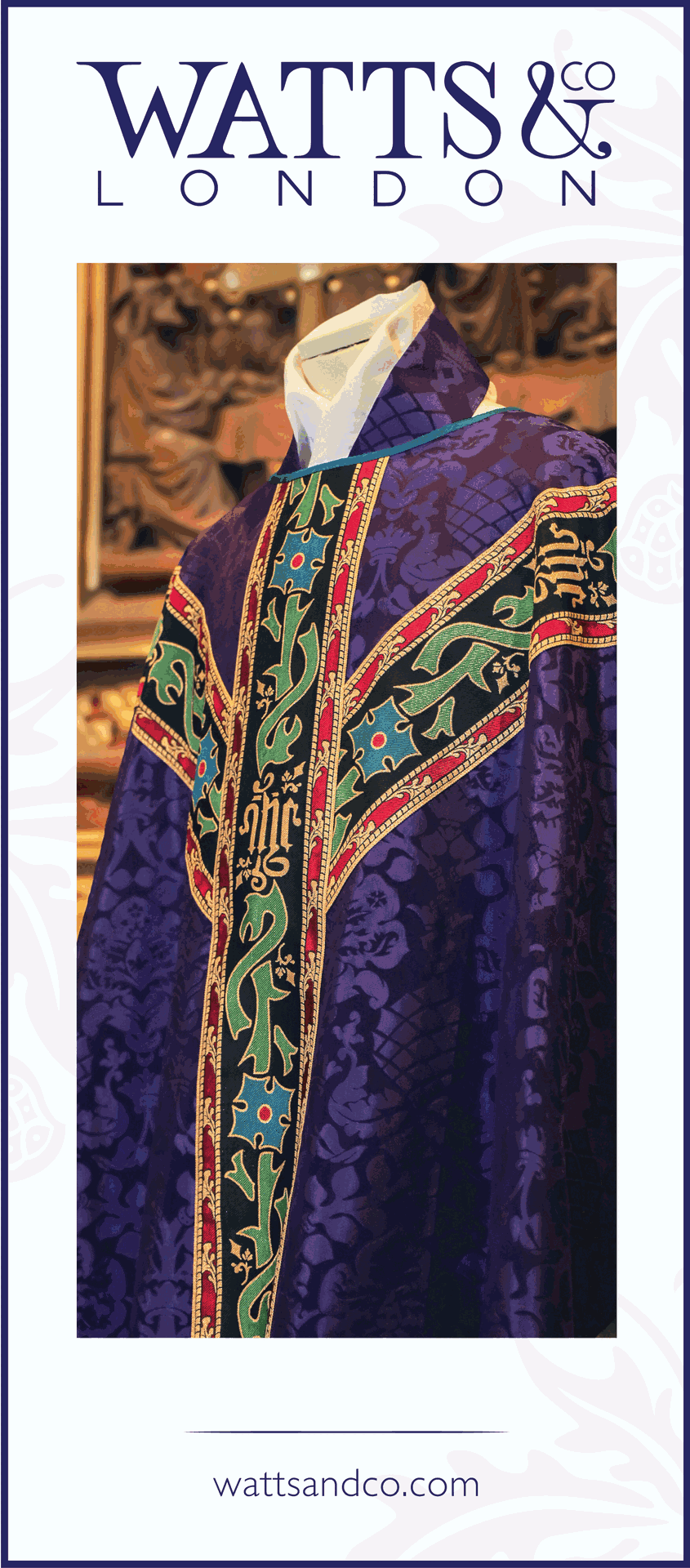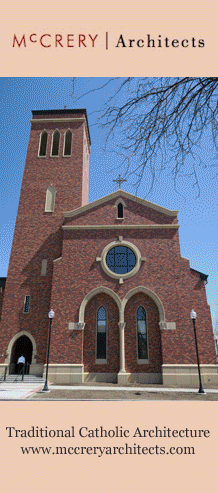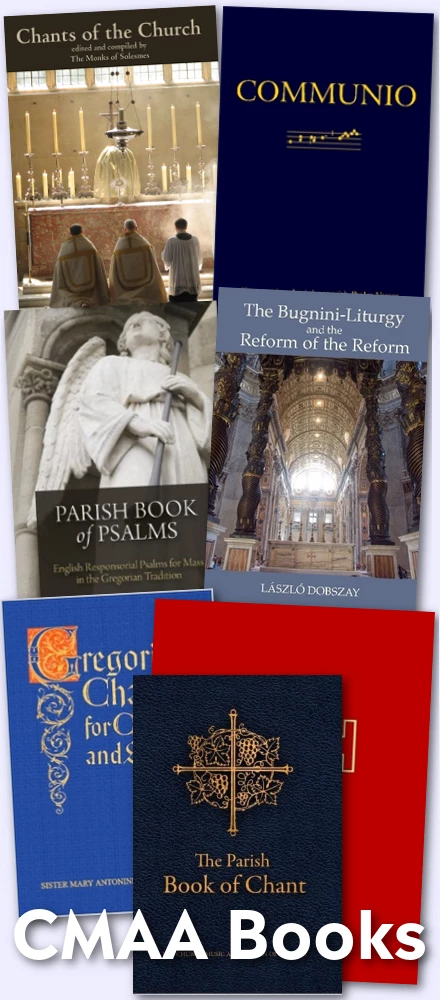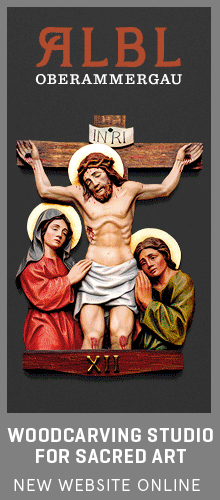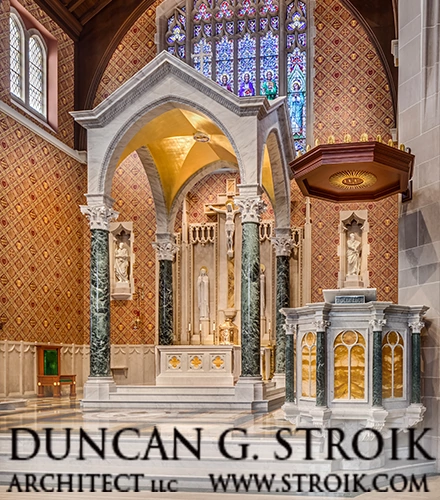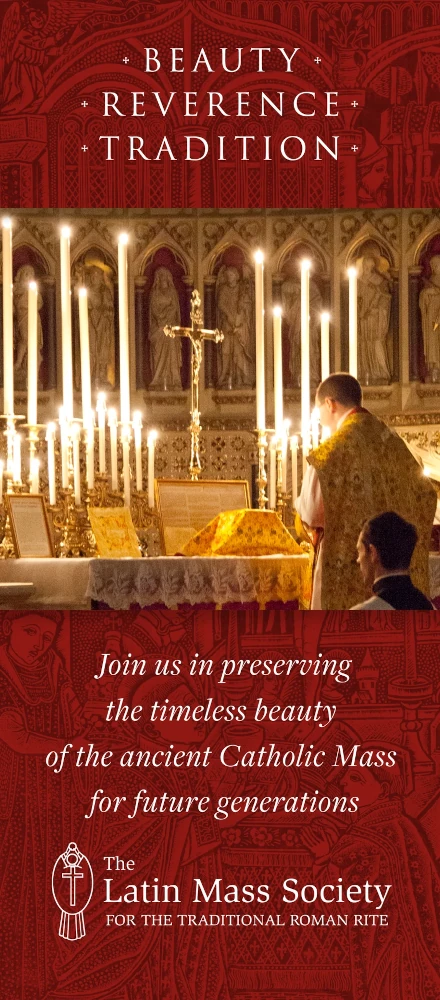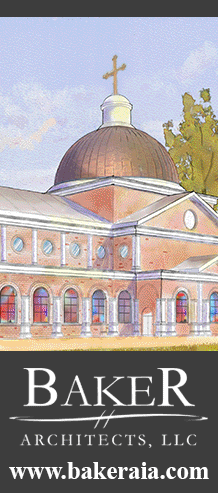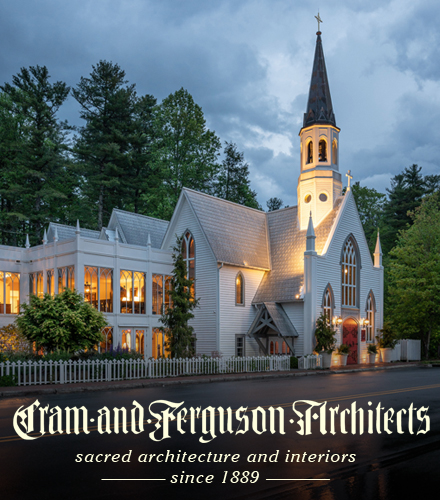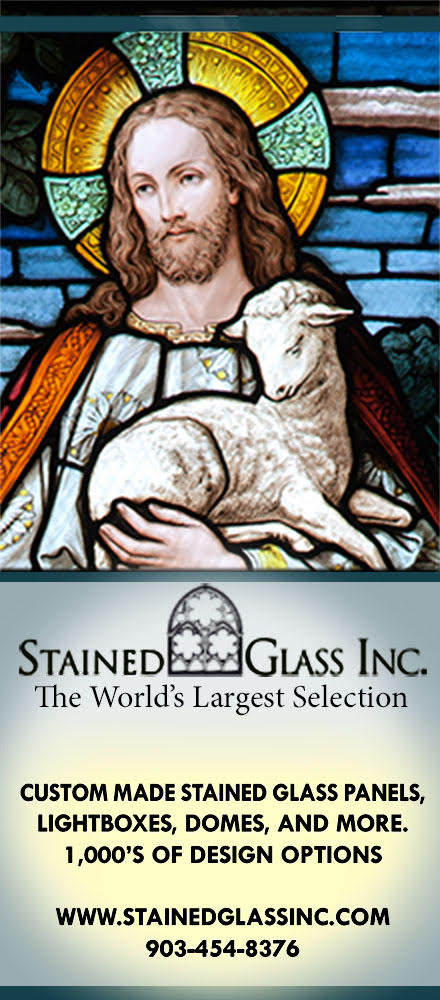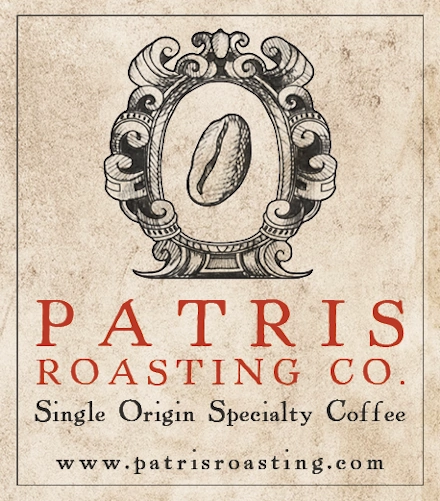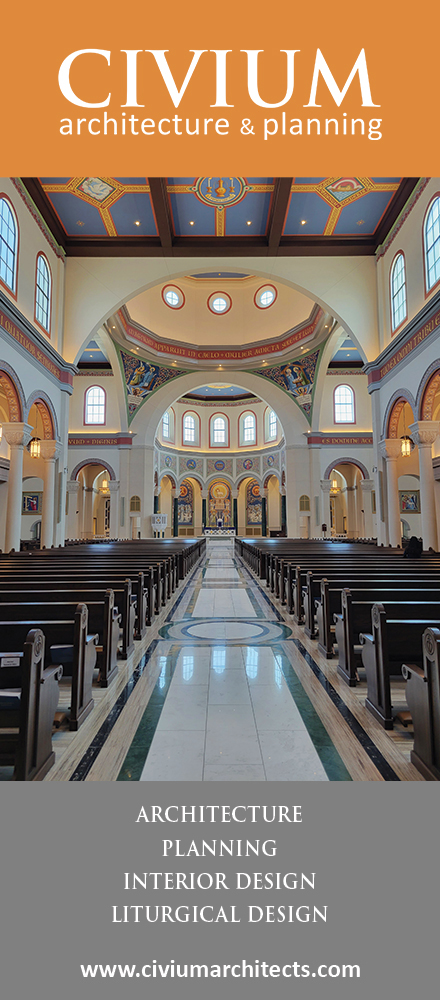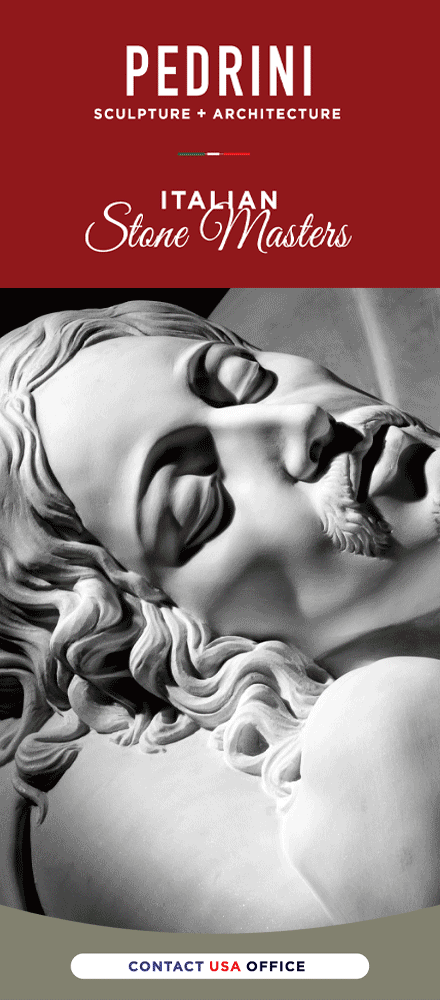I'm always interested in looking at antique liturgical arts such as vestments, statuary and so forth, that date from earlier centuries than our own more modern times.
One aspect of this is the enjoyment of examining the craftsmanship as done in the handiwork of embroidery, carving and so forth, prior to the age of machine produced designs in particular.
Fortunately, through the latter, such beauty has become far more available to even poorer parishes who might otherwise do without. Still, the idea of quality, craftsmanship and the uniqueness of a piece done by a unique individual still has its pull, especially in a day when this is now more rare.
Of course, we are not talking about "folksy" quality, but truly dignified, beautiful piece, both by the materials selected and by the craftsmanship and art that goes into the production of a beautiful vestment, piece of statuary, altar, and so forth.
This is one area which, at least in the sense of the basic principle, I think some modern liturgists are on the right track. There is value to be had in a quality crafted liturgical arts, ideally made by the hand of an artisan and made of real materials -- that being said, I do not think that this principle is so absolute that we should avoid all plaster statues for instance, nor machine embroidered vestments. Some plaster statues are quite inspiring, and certainly machine embroidery can be very beautiful. Moreover, what constitutes "quality craftsmanship" and "beauty" is likely to find me in disagreement with many modern liturgists who do not seem to have a sufficient appreciation for our tradition in this regard.
However, it seems the fundamental principle is a reasonable ideal. Certainly Pugin expressed it in his own way. Rather than going for "faux" designs, such as wood painted to imitate marble, it would always be the higher ideal to go for real marble. Or if real marble was simply too expensive, perhaps one could see what they could do to have a beautifully crafted wooden altarpiece. But again, it isn't an absolute principle, at least in my mind. Rather it is an ideal.
This whole subject got me to thinking of the issue of statuary and church design, and what I've found to be the most spiritually efficacious designs, and what I've found less so. The materials used are, admittedly rather an abstract issue, derived I think mainly from an appreciation for the use of materials that are found within nature and then fashioned accordingly -- in other words, according to traditional arts. It is rather like the desireability of using real beeswax candles rather than employing faux candles which use oil cannisters inside.
At the same time, I have seen churches built which use real materials, but which still somehow seem sterile and unappealing. I've seen carved olive wood statues that still do not have the appeal and beauty of Italian painted plaster statues. All else being equal then (that is, it not being a question of traditional vs. modernist style) what is the difference? What results in this response?
Perhaps just as in vestment design, one of the most fundamentally important aspects of beautiful liturgical arts is not only the quality of the materials used, the proportions, the symmetry and so forth, but also the quality, richness and depth of the colour employed. Despite the desirability of natural materials, or even hand-craftsmanship, perhaps this explains why a well painted, Italian plaster statue seems more appealing and spiritually efficacious than does many a plain white marble statue; or one carved from wood. It is as though the latter are somehow, in some cases, seemingly unfinished and sterile by comparison.
This got me to thinking of certain medieval statuary, especially that carved from wood, which though not of the same classical elegance found in Greco-Roman sculptural forms, and likewise of those of the Renaissance and Baroque era, do have a particular appeal for me. Certainly what I've personally found to be some of the very best and most edifying of this period's statuary are those which are also painted in addition to being carved from natural materials like wood and so forth.
Certainly when people walk into a church of the Christian East, there is a near universal acclaim at the experience. In an Eastern church, one experiences precisely these qualities of hand-crafted liturgical art painted on wood, using gold leaf, and also the plethora of colour to be found.
Pugin's own churches were remarkable for this quality of colour and design as well. From the tiles on the floors, to the decorated woodwork, colour explodes from many of Pugin's designs. Perhaps this is what many of even the very best of our modern, but traditional, church architecture is missing? A sense of colour in addition to the other aesthetic aspects we have identified. (To be fair to the architects, this may not ultimately be for them to do.)
In the Western middle ages this mysticism of light and colour was keenly expressed through stained glass windows, as well as the painted walls and statuary that we have spoken of. In the Christian East, they have a strong sense of the church as an image of Heaven on Earth. It should be nice to again see Western Catholic churches built with beautiful proportions and symmetry, beautiful materials as well as a beautiful sense of iconography and colour.
[Apologia: this is merely an off the cuff reflection piece based on personal musings and experience; it is not a formal argument. I'm interested in discussion.]

